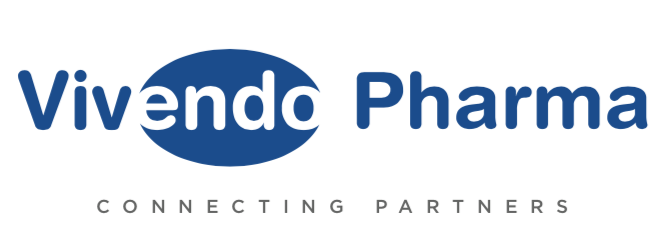LIPOSOMAL MATRIXEven when a product contains very efficacious actives, it doesn’t mean that it is effective.
In fact, the skin, which is the largest organ in the human body, is meant to act as a barrier and protect the body from external challenges. Therefore, only few substances can penetrate the skin.
Generally, emulsions oil/water or water/oil are used to formulate skin care products, however the emulsifiers that are employed may cause skin reactions and wash-out effect due to interactions with the lipid layers of the skin (especially in the stratum corneum), thus reducing the efficacy and tolerability of the product.
Liposomes are microscopic spheres with and aqueous center surrounded by layers of lipids. Their unique structure gives them interesting properties such as the possibility to load both hydrophilic and lipophilic substances.
Liposomes were developed by Dr. Bangham in 1965, with the purpose of carrying drugs, vaccines and other substances to the body and the very first cosmetic product based on liposomes was made in 1986.
The topical application of liposomes may offer a wide range of advantages including:
- enhanced penetration;
- increased moisture;
- restoring action;
- reduce skin dryness;
- biodegradability;
- extended and slow dermal release.
In cosmetology liposomes are used as delivery systems, carrying active ingredients to the deeper layers of the epidermis where they are absorbed in the places that are most needed.
The ease of absorption that comes with these spheres increases the effectiveness of skincare products.
There have been studies showing that when a liposomal formulation is applied, the concentration of active substances is up to 4-8 times higher in the epidermis and 9-14 times higher in the dermis in comparison to w/o emulsions.
This is supported by the fact that their similar structure to biological membranes allows the penetration into the deeper layers of the epidermis barrier, compared with other delivery systems.
How to transform mother tinctures into liposomes?
Thanks to the proprietary technology developed years ago by Capietal, named High Concentration Frozen Phospholipo (H.C.F.P.), mother tinctures from fresh plants are transformed into a liposomal matrix with the addition of lecithin and elimination of alcohol and water. This allows the concentration of actives and furthermore, it reduces dramatically the content of alcohol which is known to have an irritating effect on the skin.
The actives are then incorporated into the liposomes for a targeted action and this explains the high efficacy of the products.
The liposomes present in the Capiline are based on phospholipids from lecithin from natural origin (soy) and with known safety profile. Exclusively non-GMO soy is employed.

Jelly-like liposome at electronic microscope

Reconstruction of a liposome
References:
- Serrano G. et al. Clin Cosmet Investig Dermatol; 8: 591-9; 2015.
- Campos P.M. et al. Photochem Photobiol; 88(3): 748-52; 2012.
- Sharma V.K. et al. J Liposome Res; 24: 83-89; 2014.
- Pierre M.B. et al. Arch Dermatol Res; 303: 607-621; 2011.
- Wohlrab W. et al. Dermatologica; 174(1): 18-22; 1987.
- Mezei M. et al. J Pharm Pharmacol; 34(7): 473-4; 1982.
- Posner R. et al. J Drugs Dermatol; 1(2): 161-4; 2002.
- Lasic D.D. et al. Applications of Liposomes Chapter 10. Handbook of Biological Physics Volume 1, edited by R. Lipowsky and E. Sackmann. Elsevier 1995.
- Betz G. et al. Int J Pharm; 296 (1-2): 44-54; 2005.
- Fiume Z. et al. Int J Toxicol; 20 Suppl 1: 21-45; 2001.
- Mezei M. et al. Life Sci; 26; 1473-1477; 1980.
- Liposomes a practical approach, Oxford University Press, Oxford, UK, pp 1-67; 1990.
- Cevc G. et al. Biochim Biophys Acta; 1104, 226-232; 1992.
- Blume G. et al. New evidence of the penetration of actives by liposomal carrier system, Cosmetics & Toiletries Manufacture Worldwide, 135-139; 1997.
IF YOU ARE A DISTRIBUTOR
If you are a Distributor and wish to know more, please fill in the contact form.

